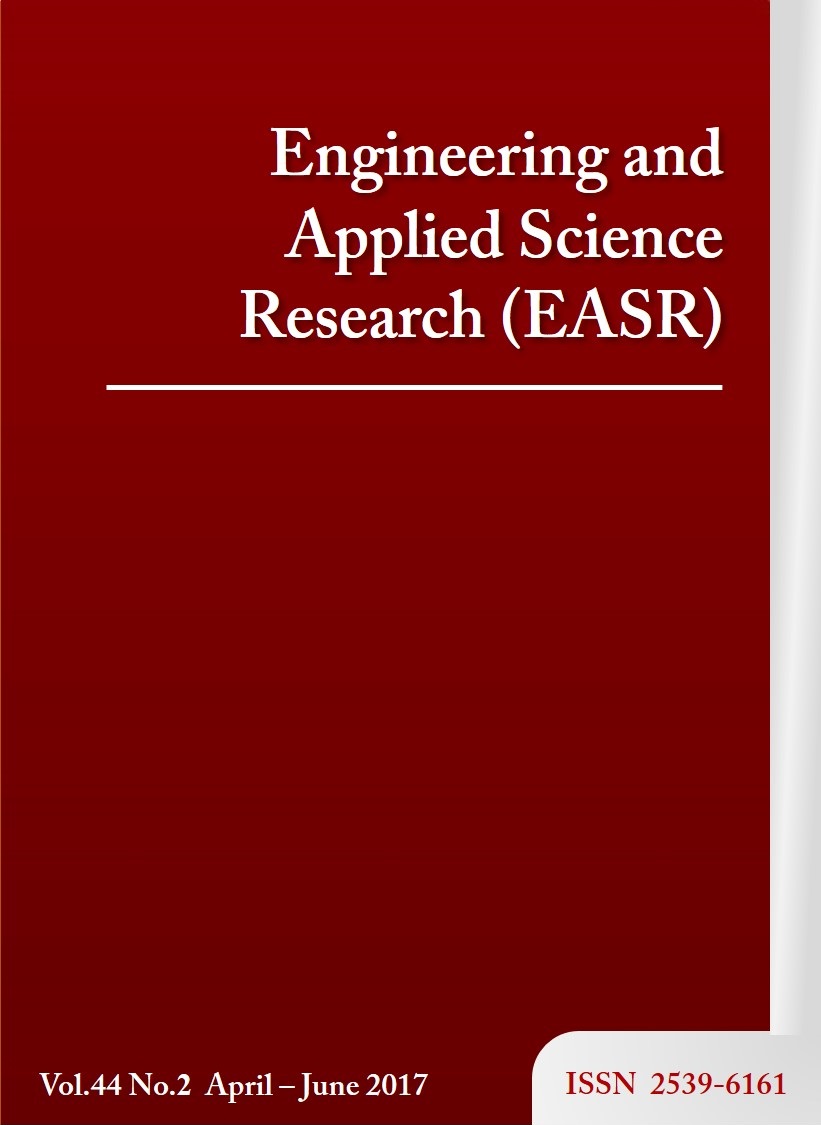Cation modified silicates for catalytic production of phenol from benzene
Main Article Content
Abstract
In this work, we produced phenol directly from benzene using silicates modified with Al and Fe. The preparation of Al and Fe-silicates was done at 373 K by mixing a silicate solution with Al and Fe sources and the resulting material were dried at 373 K overnight and calcined at 823 K. The calcined materials were characterized using XRD, IR, SEEM and SBET. The oxidative properties of resulting solids (Al and Fe-silicates) were tested in the catalytic oxidation of benzene to phenol at different temperatures. The oxidation processes were followed up using HPLC and UV-Vis Spectrophotometry.
Article Details
This work is licensed under a Creative Commons Attribution-NonCommercial-NoDerivatives 4.0 International License.
References
Acero JL, Haderlein SB, Schmidt TC, Suter MJF, von Gunten U. MTBE oxidation by conventional ozonationand the combination ozone/hydrogen peroxide: efficiency of the processes and bromate formation. Environ Sci Technol. 2001;35(21): 4252-9.
Fukuzumi S and Ohkubo K. One-step selective hydroxylation of benzene to phenol. Asian J Org Chem. 2015;4(9):836-45.
Shiota Y, Suzuki K, Yoshizawa K. Mechanism for the direct oxidation of benzene to phenol by FeO+. Organometallics. 2005;24(14): 3532-8.
Devaraji P, Sathu NK, Gopinath CS. Ambient oxidation of benzene to phenol by photocatalysis on Au/Ti0.98V0.02O2: Role of holes. ACS Catal. 2014;4 (9):2844-53.
MorimotoY, Bunno S , Fujieda N, Sugimoto Hi, Itoh S. Direct hydroxylation of benzene to phenol using hydrogen peroxide catalyzed by nickel complexes supported by pyridylalkylamine ligands. J Am Chem Soc. 2015;137(18):5867-70.


